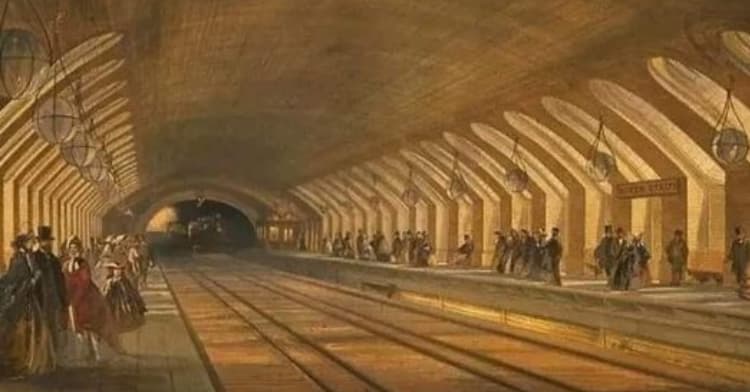Exploring History at The Round House, Stanton Drew
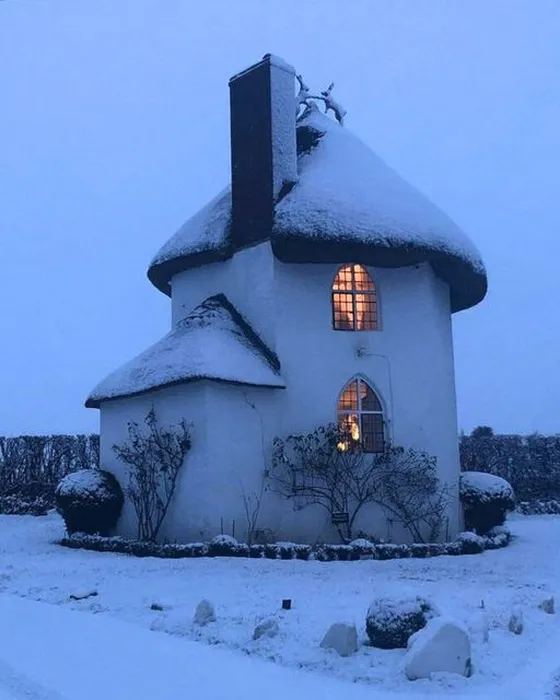
Nestled in the charming village of Stanton Drew in Somerset, The Round House stands as a testament to England’s rich architectural heritage, offering a glimpse into the past with its well-preserved structure. This Grade II listed building, constructed around 1793, holds the distinction of possibly being the smallest detached property in England. The best time to visit The Round House is during a leisurely stroll through Stanton Drew, where you can admire its quaint charm and learn about its intriguing history.
Why Visit and Must-See Spots
A visit to The Round House offers a unique opportunity to delve into the history of tollhouses and turnpikes in England. Here are some highlights not to be missed:
- Historical Significance: Explore the hexagonal two-storey building, once a toll house operated by the West Harptree Turnpike Trust. Admire the thatched roof and envision the bustling activity of coach drivers stopping to pay their tolls.
- Living History: Step inside to discover the kitchen and shower room on the ground floor, and ascend to the bedroom on the first floor. Despite its compact size, The Round House offers a glimpse into the lives of its former occupants, including the Burridge family and Frederick Rich.
- Architectural Features: Marvel at the distinctive architectural style of tollhouses, characterized by polygonal fronts and strategically placed porches. Notice the shutters and built-in safes, designed to protect toll collectors from potential attacks by thieves and highwaymen.
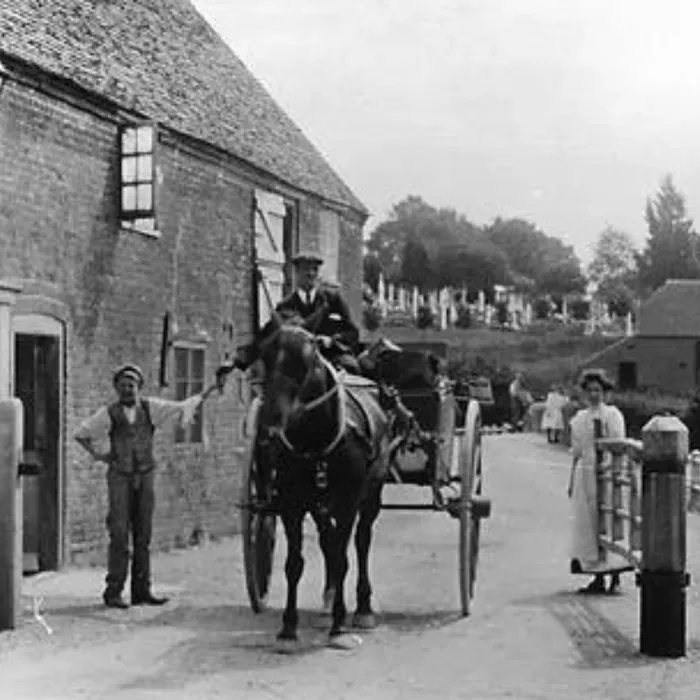

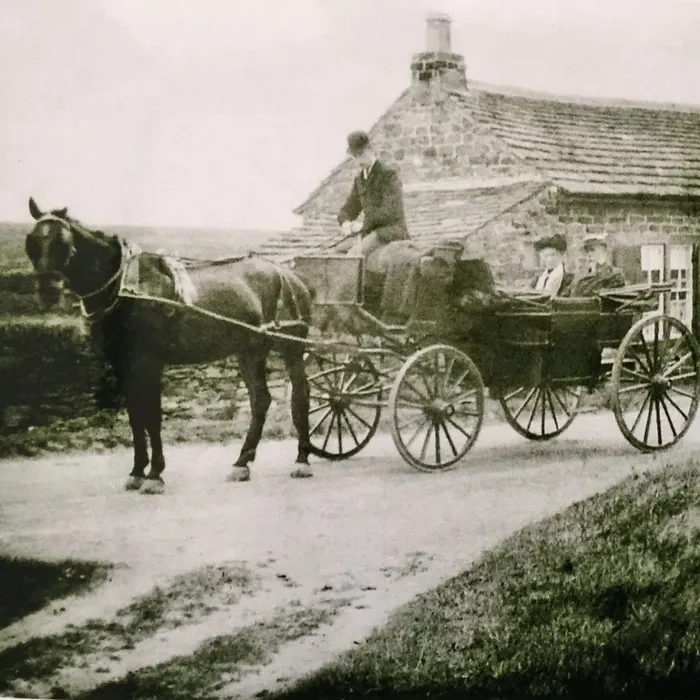
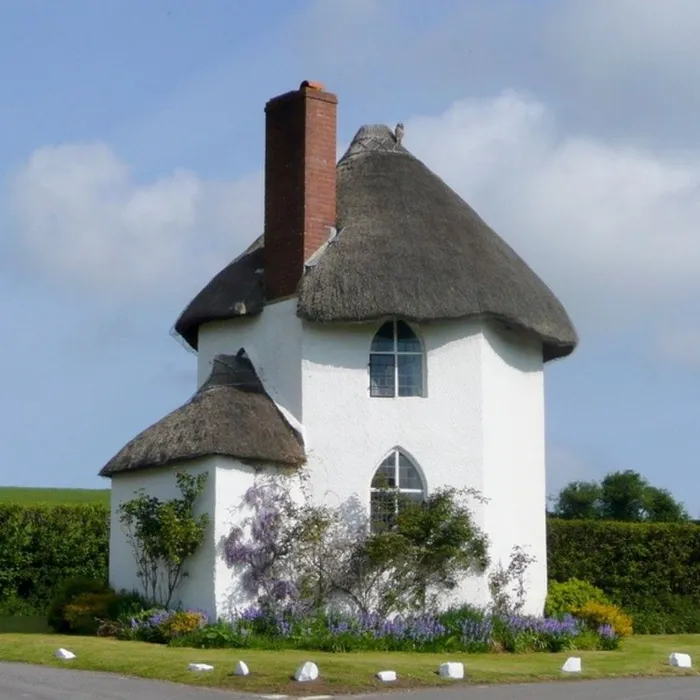
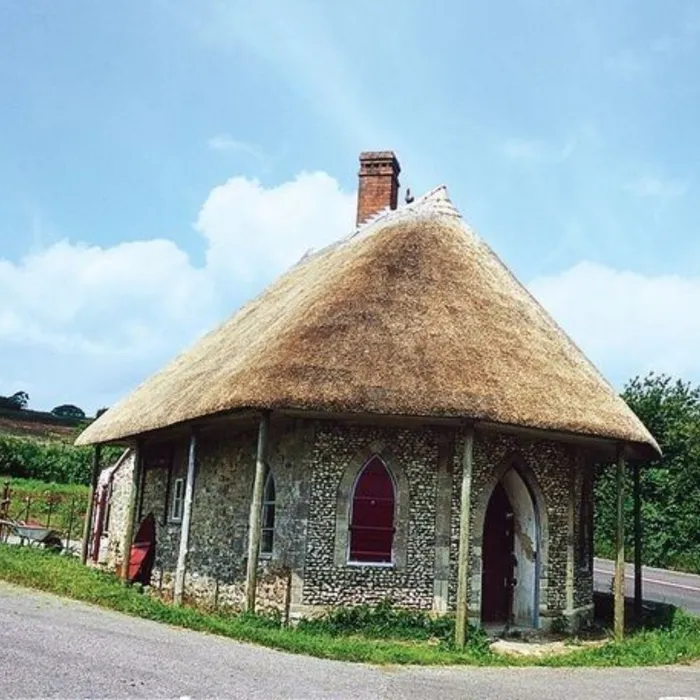

FAQ
- What was the original purpose of The Round House?
- Built as a toll house around 1793, The Round House served as a collection point for tolls imposed by the West Harptree Turnpike Trust. Coach drivers would stop to pay their tolls using a pouch hung over the door.
- Who were some of the notable occupants of The Round House?
- Over the years, The Round House was home to families such as the Burridges and Frederick Rich, who lived there from 1896 to the 1940s. Despite its small size, it remained occupied until as recently as 2012.
- What distinguishes tollhouses from other types of residences?
- Tollhouses were often built to a higher standard than local cottages to attract honest and reliable toll collectors. They featured distinctive architectural elements such as polygonal fronts, porches, and built-in safes for added security.
- What led to the decline of tollhouses and turnpikes in England?
- With the development of the railway network in the mid-19th century, traffic on turnpike roads declined, leading to the winding up of turnpike trusts in the 1870s. Responsibility for roads was later assumed by Highway Boards and County Councils.
- Can visitors explore the interior of The Round House?
- While The Round House is not typically open to the public, visitors can admire its exterior and imagine the bygone era of toll collection in England.
Experience the charm and history of The Round House, a remarkable testament to England’s transportation history, where every corner tells a story of centuries past.

